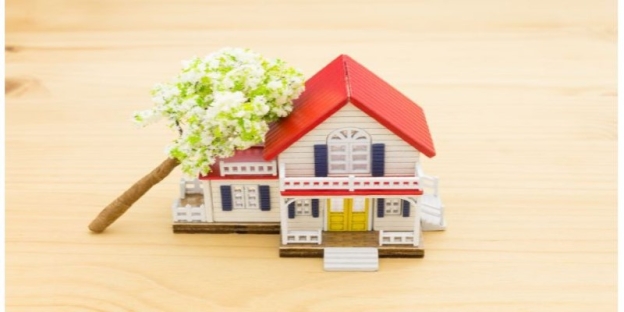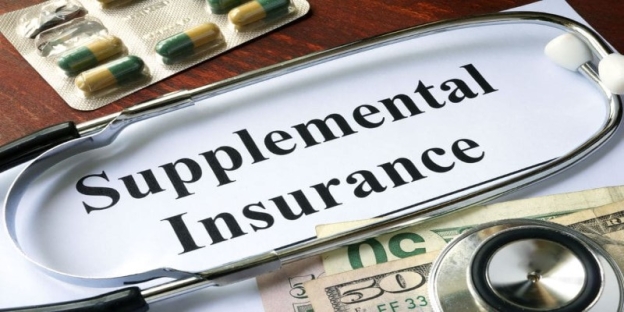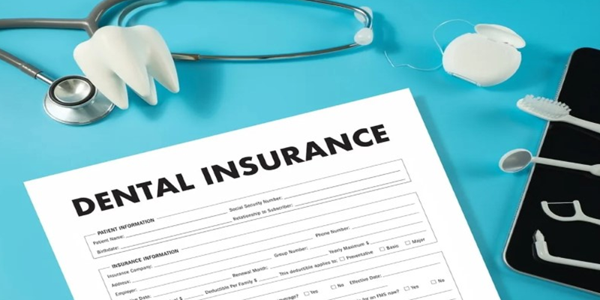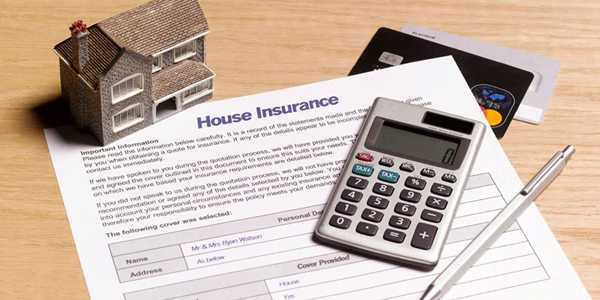natural disaster coverage, home insurance, flood insurance
Is your home prepared for the unexpected? Natural disasters can strike without warning—storms, floods, wildfires, and earthquakes can cause devastating damage in minutes. Many homeowners assume their standard insurance will cover them. But does it? This article breaks down the various types of home insurance plans that cover natural disasters, what to look for, and how to select the right one for your specific situation.
Why Regular Home Insurance Often Isn’t Enough
A basic homeowners insurance policy usually covers your home’s structure, personal belongings, liability, and living expenses if your home becomes uninhabitable due to a covered event. The keyword here is covered. Most standard policies protect against fire, theft, and wind damage, but often fall short when it comes to certain natural disasters.

For example, floods and earthquakes are often excluded from standard home insurance. Homeowners in high-risk areas usually learn this the hard way, only realising the gap in their coverage after disaster strikes. That's why it's essential to understand what's covered—and what isn't—so you can add the necessary protection.
What Types Of Natural Disasters Are Typically Covered?
Here's a look at what most homeowners' policies cover and what they leave out:
Covered in Standard Policies:
- Fire and smoke damage
- Windstorms and hail
- Lightning strikes
- Explosions
- Weight of snow or ice
- Some types of water damage (e.g., from burst pipes)
Not Typically Covered:
- Floods
- Earthquakes
- Landslides or mudslides
- Sinkholes
- Hurricanes (often have high deductibles or exclusions)
- Wildfires (in high-risk zones may require separate policies.
This is where specialised or extended home insurance plans come in.
What Is Natural Disaster Insurance?
Natural disaster insurance refers to coverage that either supplements a basic home insurance policy or is offered as an add-on or separate policy to cover specific risks associated with natural disasters. These can include flood insurance, earthquake insurance, wildfire protection, and windstorm endorsements.
Let’s break them down by type:
Flood Insurance
Flooding is one of the most common natural disasters and also one of the least covered by regular policies. In the U.S., flood insurance is typically offered through the National Flood Insurance Program (NFIP) or private insurers.
NFIP: Offers up to $250,000 in building coverage and $100,000 in contents coverage.
Private Flood Insurance: Offers higher limits and may include living expenses.
This insurance is a must if you live in a designated flood zone. Still, it's increasingly considered by those outside of high-risk areas due to rising sea levels and unpredictable weather patterns.
Earthquake Insurance
Earthquake coverage is essential for residents in states like California, Washington, and Alaska.
This is sold as a separate policy or endorsement and covers:
- Structural damage to your home
- Personal property
- Loss of use (temporary housing costs)
Premiums and deductibles vary widely based on your location, the construction of your home, and the likelihood of earthquakes in your region.
Wildfire Insurance
In wildfire-prone areas, insurers may offer limited or no wildfire protection under standard plans. If your location is considered high-risk, you may need to purchase coverage from a speciality carrier or a state-run insurance pool.
Some policies may include:
- Replacement of a total loss
- Removal of debris
- Temporary living costs
Ensure you are aware of your policy limits, particularly in light of rising construction costs.
Windstorm And Hurricane Coverage
If you live along the coast, your home may be vulnerable to hurricanes or tropical storms. While wind damage is often included in standard insurance policies, hurricane-related losses may have a separate deductible or be excluded.
In states like Florida, Texas, and Louisiana, homeowners may need to buy separate windstorm policies or endorsements.
How To Choose The Right Coverage
The right plan depends on where you live and the specific risks in your area. Here are a few steps to help you narrow down the options:
Know Your Local Risks
Start by identifying the most likely natural disasters where you live. Do hurricanes hit your region every year? Are wildfires becoming more frequent nearby? Have flood maps recently changed in your area?
Visit FEMA’s website or consult your local government’s disaster risk assessments to get a clearer picture.
Review Your Current Policy
Take a close look at what your existing home insurance covers. Look at exclusions, coverage limits, and deductibles. If you're unsure, ask your insurance agent to explain it to you in plain language.
Get Quotes For Supplemental Policies
Don’t just settle for one quote. Compare multiple providers for each type of coverage you need. Ask about:

- Premiums and deductibles
- Payout limits
- Coverage for personal belongings and temporary housing
- Waiting periods (flood insurance often has a 30-day wait)
Be cautious of cheap policies with low coverage caps that may not be sufficient to rebuild or repair your home.
Check for Package Options
Some insurers offer bundled protection for multiple disasters. These packages may include extended dwelling coverage, ordinance or law coverage (to meet updated building codes), and additional living expenses.
Bundled policies simplify the claims process and offer better overall value.
Watch Out For High Deductibles
Natural disaster claims often come with higher deductibles than standard claims. This is especially true for earthquake and hurricane policies, where deductibles are calculated as a percentage of your home's insured value, sometimes as much as 10% or more. Understand these numbers before committing to a plan.
The Bottom Line On Protecting Your Home
Natural disasters are unpredictable, but your protection doesn’t have to be. Standard home insurance only takes you so far. If your home is at risk for floods, fires, earthquakes, or hurricanes, having the right insurance can mean the difference between recovery and financial ruin.
Take time to assess your risks, understand what your current plan covers, and fill in the gaps with the proper endorsements or separate policies. Whether you need flood protection or earthquake insurance, being proactive now can save you significant Stress and cost later.







